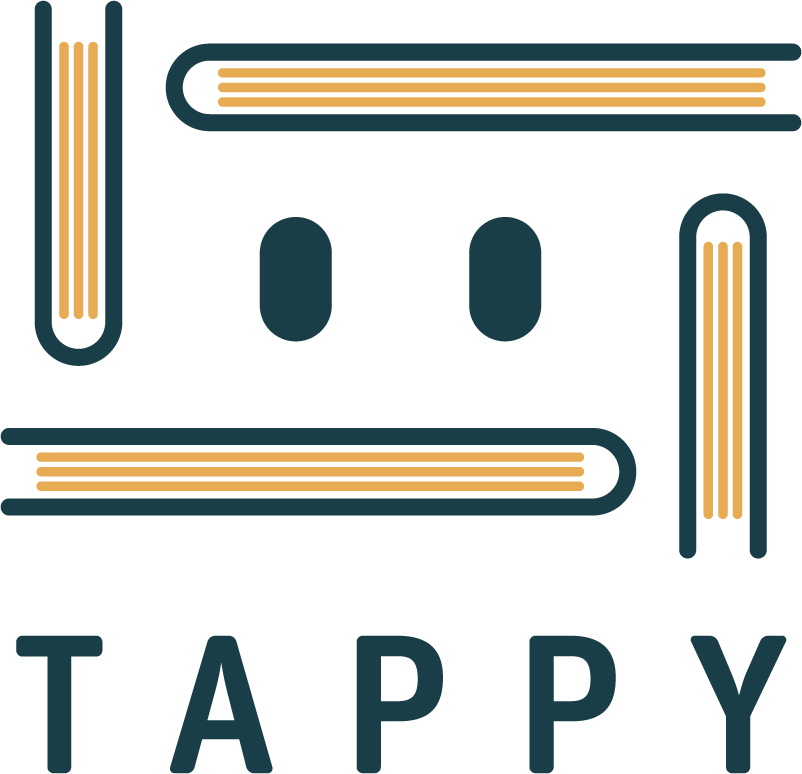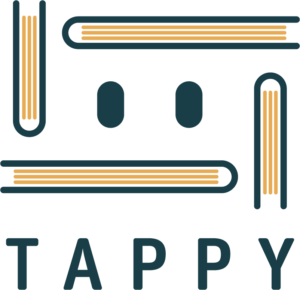In today’s fast-paced, digitally-driven world, capturing students’ attention in the classroom can be a daunting task—especially when it comes to a subject like history. Many students view history as a dry, boring subject filled with endless dates, names, and places to memorize. However, adults often find history fascinating, even if they disliked it in school. So, what’s the disconnect? 🤔 #EngagingHistoryLessons
The key to igniting student curiosity and engagement in history lies in personalized learning approaches that bring the subject to life. By incorporating relatable stories, first-person accounts, and thought-provoking perspectives, teachers can transform history from a monotonous memorization exercise into a captivating exploration of the past. 🌍📜 #PersonalizedLearning
One powerful strategy is to focus on the stories of individuals rather than just the broad strokes of historical events. By humanizing historical figures and sharing key moments from their lives, teachers can help students develop a deeper emotional connection to the subject matter. 💭💡 #HumanizingHistory
Incorporating oral histories and witness accounts is another excellent way to engage students in history. Oftentimes presenting first-person narratives from people who experienced specific events or trends, allows students to gain a more intimate understanding of the past—and even the present. 🗣️🎙️ #OralHistory
To further broaden students’ perspectives, have students analize old newspaper articles or foreign textbooks helping discover how descriptions of the same event can vary widely depending on the source. This exercise not only piques students’ interest but also helps them develop critical thinking skills as they evaluate the credibility and accuracy of different accounts. 🌐📰 #GlobalPerspectives
Another engaging approach is to start lessons at the most dramatic or exciting point in a historical era, rather than always teaching chronologically. For example, when covering World War I, beginning with the assassination of Franz Ferdinand can immediately capture students’ attention and provide a compelling entry point into the complex web of events that followed. 🎭💥 #DramaticOpenings
By leveraging digital learning tools and resources, teachers can further enhance the personalization and interactivity of their history lessons. Online platforms, virtual reality experiences, and multimedia content can help bring the past to life in ways that traditional textbooks simply cannot. 💻🎧 #DigitalLearning
Ultimately, the goal of personalized learning in history education is to foster genuine student engagement and a lifelong love for the subject. By making history relatable, thought-provoking, and emotionally resonant, teachers can inspire students to become active, curious learners who see the past not as a static set of facts, but as a rich tapestry of human experiences that continue to shape our world today. 🌟📚 #StudentEngagement
Bringing history to life through personalized learning approaches requires creativity, innovation, and a willingness to step outside the traditional textbook-driven curriculum. But the payoff—a classroom full of engaged, inspired students who are excited to explore the past—is well worth the effort! 💪🎓 #BringingHistoryToLife



Leave a Reply